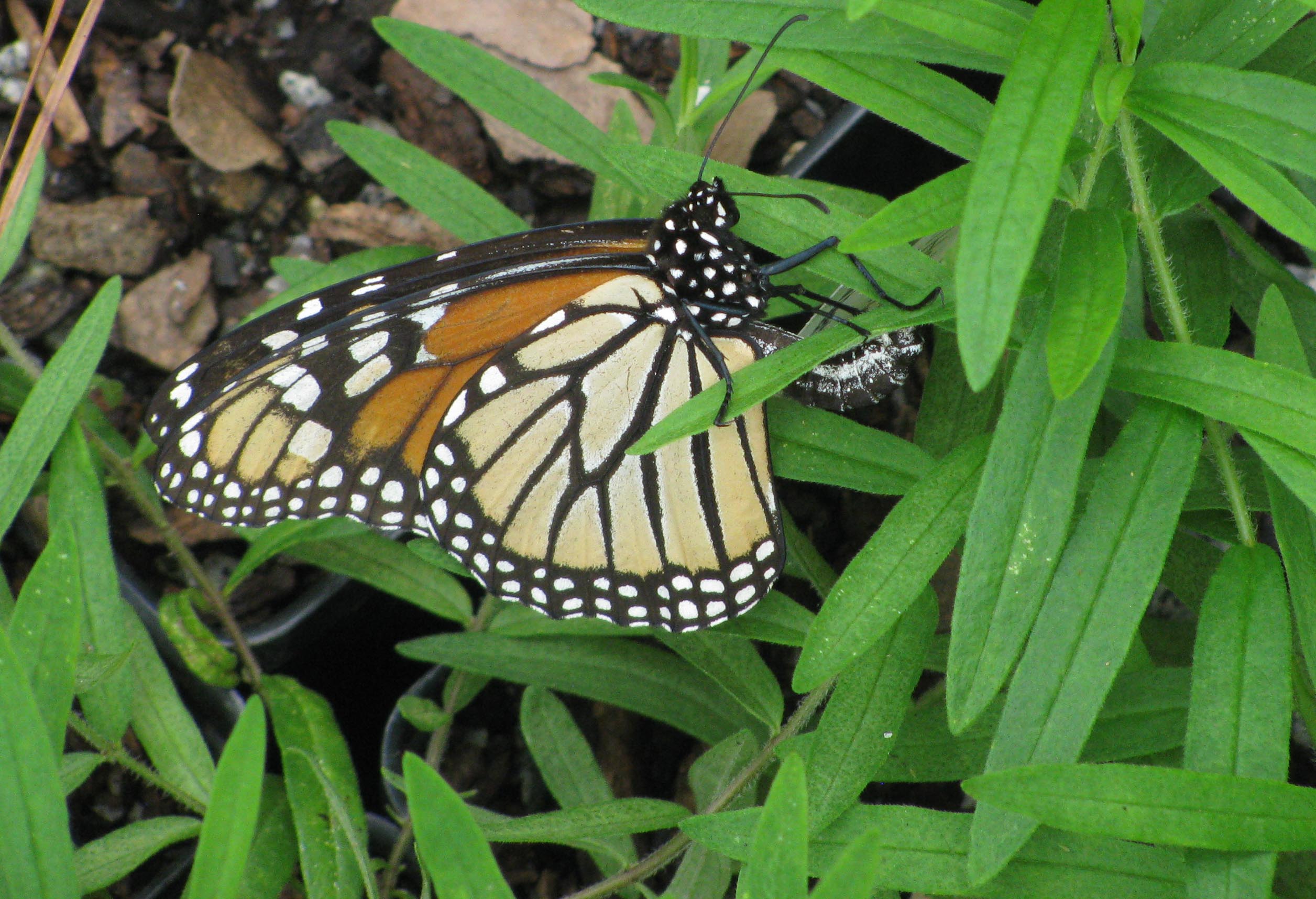
Why marvelous? Monarch Butterflies (Danaus plexippus) travel thousands of miles every year, following the seasons. These amazing butterflies overwinter on large trees in the mysterious forests of the mountains of Michoacán and the State of Mexico. With the arrival of spring, these seemingly delicate creatures fly thousands of miles northward into the southern United States.

There the female Monarch butterfly lays her eggs on Milkweed plants, ONLY on Milkweed plants. Her caterpillars feed on the Milkweed, grow, pupate, and hatch, as the second generation of butterflies to take up the generational relay.
This second generation of Monarchs flies northward into the northern United States and Southern Canada in late spring. When they arrive, the females lay the eggs of generation number three on Milkweed plants.

In August and September, Monarch generations three and four start flying southward, retracing their flights back to the mountains in Michoacán and the State of Mexico. When the butterflies arrive, they overwinter in large trees to wait for the return of spring. There is more information at this Forest Service website.
How to help the Monarchs on their journey:
Feed your Monarchs (Part 2): A Garden with Native Plants which provide nectar for the adult butterflies is important. Even MORE important for Monarch Butterflies is the availability of their larval host plant: Milkweed. Supporting their full life cycle by providing host plants for their caterpillars will ensure the return of these intriguing insects year after year.
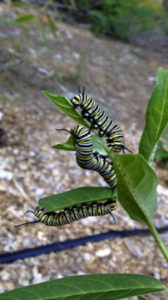
Monarch Home Sweet Habitat (Part 3): everyone needs clean water, even insects. A ceramic plant saucer with large pebbles or a sand ramp in it will allow butterflies to approach the water without being drowned.
Minimize use of toxic chemicals, such as pesticides, which can sicken or kill unintended, or “non-target,” wildlife. If you must use a pesticide, be aware of your larval host plants and other pollinators, apply pesticides carefully to avoid destroying your beneficial insects.

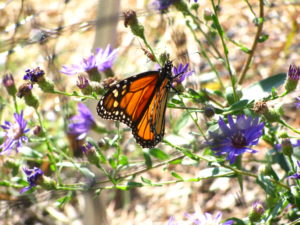
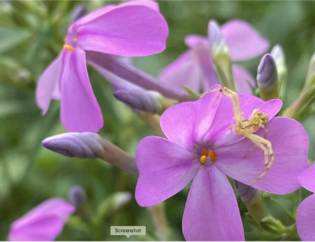

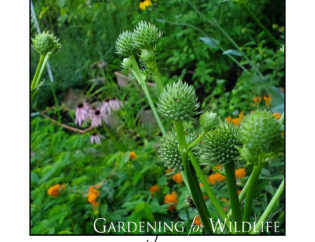
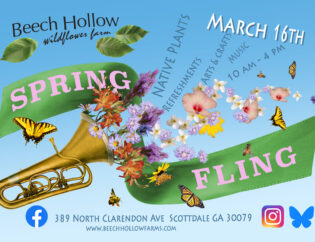



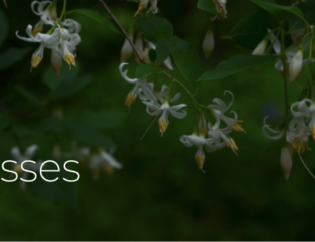
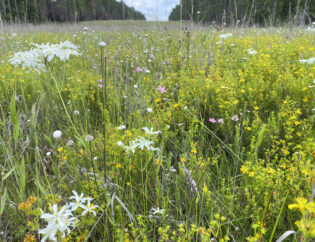

bookmarked!!, I love your web site!